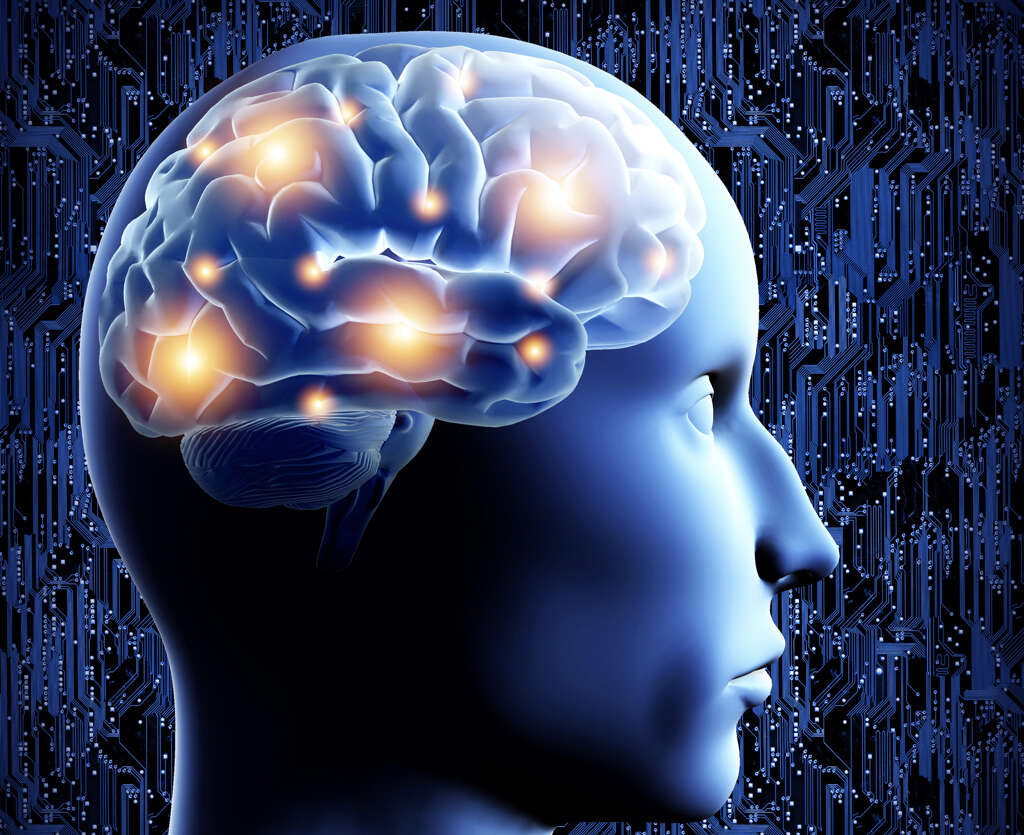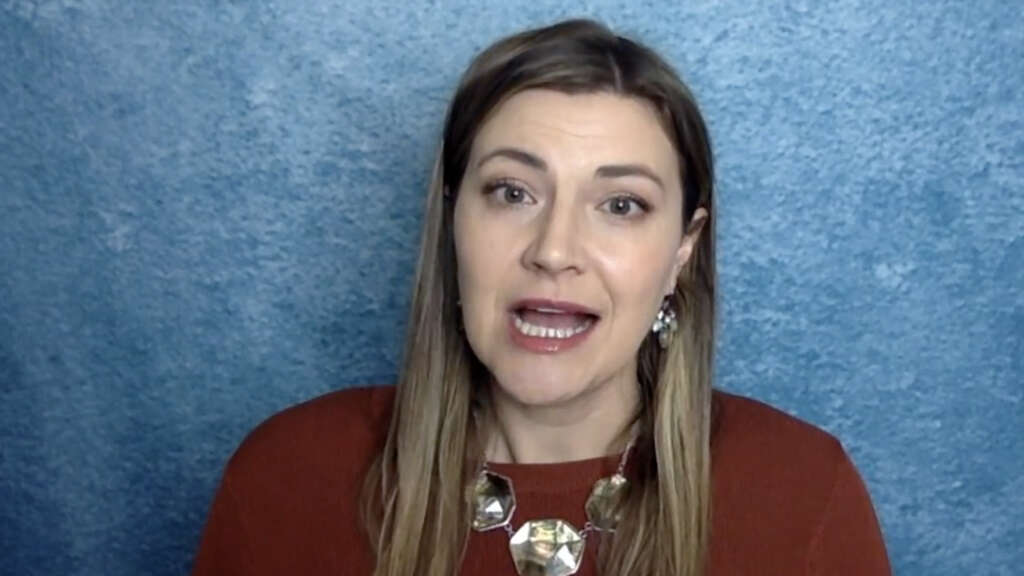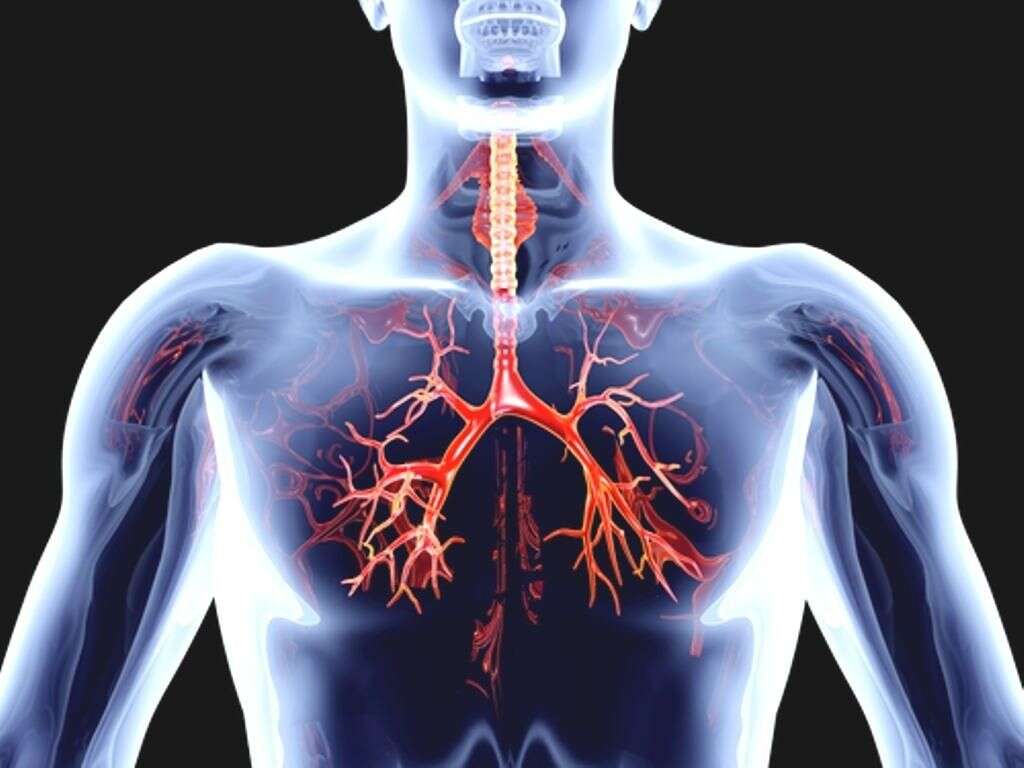10 Blood Clot in Brain Symptoms
A blood clot, or thrombus, in the brain is also known as an ischemic stroke. It blocks the blood supply to the brain. About 80 percent of strokes are ischemic while the remaining 20 percent are hemorrhagic.
In ischemic stroke, when the blood clot blocks the blood flow to the brain tissue, it results in tissue death. While an ischemic stroke may also occur due to atherosclerosis (narrowing of blood vessels because of plaque), most blood clots in the brain are formed somewhere else in the circulatory system; most commonly in the heart due to atrial fibrillation or in the carotid arteries.
This article looks at 10 symptoms of a blood clot in the brain.
Symptom #1: Hemiparesis, Monoparesis, Quadriparesis
Hemiparesis refers to weakness on one side of the body. When severe, it is also known as hemiplegia, which means complete paralysis of one side of the body. Monoparesis describes weakness of a single limb while monoplegia is complete paralysis of one limb. Quadriparesis is weakness of all four limbs and torso. Quadriplegia, where patients have complete paralysis of all four limbs and torso, can also be known as tetraplegia.
Common associated symptoms include numbness, weakness, and pain. Some causes include tumors, trauma, and stroke.
Symptom #2: Visual Loss
A blood clot in the brain can cause monocular and binocular visual loss. Monocular vision loss occurs when there is loss of vision in one eye while binocular loss of vision occurs when it affects both eyes.
Although there are various causes of sudden visual loss, the commonest cause is ischemia, which is often due to mechanical obstruction such as a blood clot in the brain. Many of those affected describe it as a gradually descending gray curtain, dimming, blurring, or fogging vision.

Symptom #3: Diplopia
Diplopia or double vision occurs when there is simultaneous perception of two images that can be displaced diagonally, horizontally, or vertically. In most cases, it is usually due to impaired extraocular muscles. This means that both the eyes are functioning normally but the muscles controlling the eye movements are impaired.
Other mechanisms include disorders of the neuromuscular junction, mechanical issues, cranial nerve disorders, and a blood clot in the brain.
Symptom #4: Ataxia
Ataxia is a neurological issue where there is difficulty in coordination of muscle movements resulting in abnormal eye movements, gait abnormality, and speech changes. It occurs when there is dysfunction in parts of the nervous system involving movement coordination.
Types of ataxia can be generally divided into vestibular, sensory, and cerebellar ataxia. Some causes of ataxia include brain lesions, a blood clot in the brain, radiation poisoning, hypothyroidism, vitamin B12 deficiency, hereditary ataxia, and congenital ataxia.

Symptom #5: Dysarthria
Dysarthria occurs when there is a neurological injury that results in a motor speech disorder characterized by poor articulation. It can be caused by any disease or condition that causes injury to the motor-speech system in the brain as it impairs control over the throat, tongue, and lips. It may also occur if the cranial nerves (trigeminal, facial, glossopharyngeal, vagus, or hypoglossal) are affected.
Some conditions that may cause dysarthria include parkinsonism, Niemann-Pick disease, Huntington’s disease, traumatic brain injury, and a blood clot in the brain.
Symptom #6: Aphasia
Aphasia is a term describing the inability to formulate or understand language due to brain damage in specific regions. It is most commonly seen among stroke patients or those who have suffered a head trauma. Aphasia occurs when one of the four communication modalities are affected (verbal expression, reading and writing, auditory comprehension, functional communication).
Most individuals affected with aphasia tend to hide their inability by using words such as “thing.” An example is when asked to name a pen, they may say that it is a thing used to write.

Symptom #7: Facial Droop
The two commonest causes of facial drooping or facial paralysis are due to Bell’s palsy or an ischemic stroke (blood clot in the brain). Since a stroke is a time-critical condition, it is crucial to distinguish the difference between a stroke and Bell’s palsy to avoid delays in treatment.
Facial droop or weakness caused by a blood clot in the brain usually involves the central portion of the face such as the nose and mouth while sparing the eyes and forehead. Bell’s palsy affects the ipsilateral upper and lower portion of the face.
Symptom #8: Weakness and Numbness
Weakness and numbness are both symptoms that are nonspecific and common. It can be caused by various conditions or illnesses. Weakness can be divided into true or perceived weakness. A blood clot in the brain causes true weakness where the skeletal muscle is affected. Numbness or paresthesia is an unpleasant sensation where there is a chilling, burning, prickling, or tingling sensation without any apparent physical cause.
Individuals with a blood clot in the brain may experience weakness and numbness in parts of their body as the blood clot causes decreased oxygenation to parts of the brain, resulting in brain tissue damage or death.

Symptom #9: Nystagmus
Nystagmus is a term describing involuntary eye movement that can lead to limited or reduced vision. Nystagmus can be generally divided into physiological or pathological nystagmus. Some conditions that can cause nystagmus include sleep deprivation, congenital disorders, pharmaceutical drugs, alcohol, or central nervous system conditions such as a stroke.
Among elderly patients, the commonest cause of nystagmus has been attributed to a stroke. Although nystagmus is very noticeable, it is rarely recognized. The eye movements can be recorded and quantified using an electronystagmography.
Symptom #10: Altered State of Consciousness and Delirium
An altered state of consciousness is a state that differs from a normal state of consciousness induced by various pharmacological, physiological, or psychological causes. It is generally reversible and lasts for a short duration. Delirium describes an acute confused state where there is decline from the baseline mental function within a short duration.
Affected individuals may be unable to place themselves in the correct identity, location, or time. Both altered state of consciousness or delirium can be seen among patients with a blood clot in the brain.











